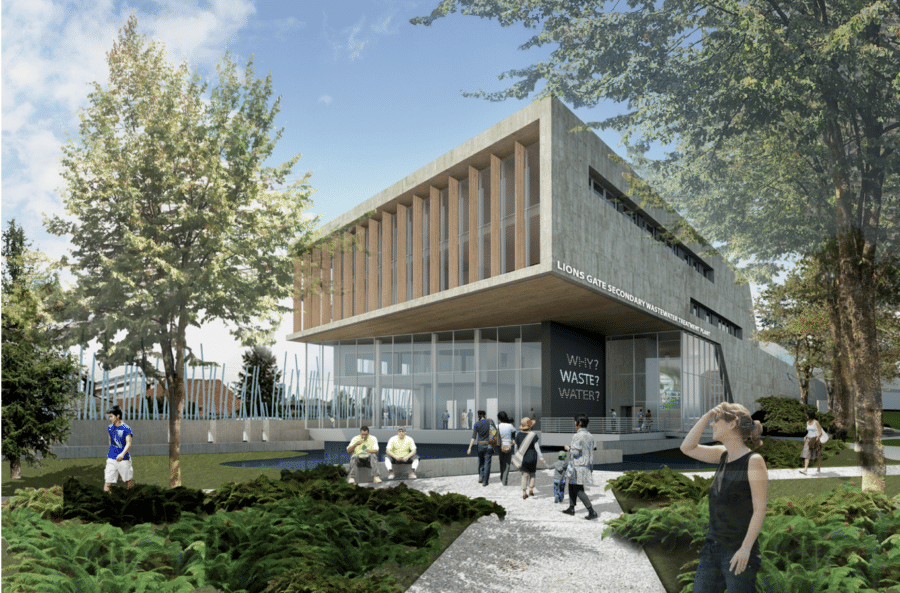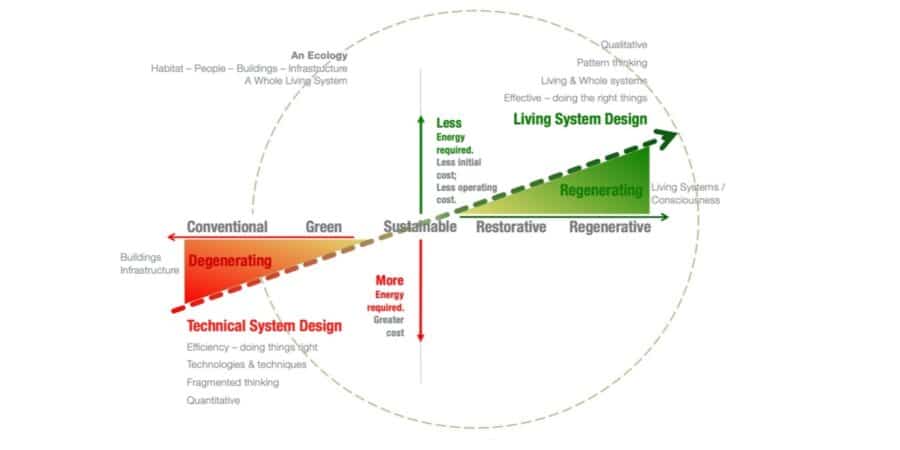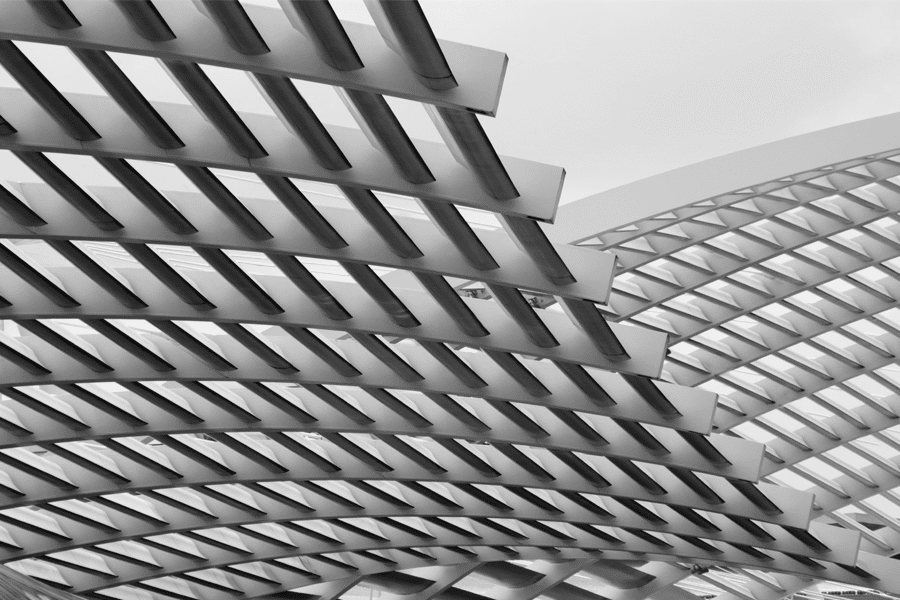Ugly, smelly facilities so disagreeable they’re hidden behind chain-link and connected to the people they serve only by an underground pipe. That’s a fair description of most wastewater treatment plants, among the most repellent types of infrastructure built and operated.
Or is it? A decade ago, Metro Vancouver, BC, began planning the $750 million Lions Gate Wastewater Treatment Plant to meet new environmental regulations. To lead the project, the municipality hired Regenesis Group of Arlington, Massachusetts, a leader in regenerative development and design. The team included more than 20 design firms of architects, engineers, landscape architects and other supporting disciplines, working with stakeholder groups from businesses, residents and technical experts to local governments and the Musqueam First Nation.
As a prelude to the integrated design process, the team needed to transform ideas into project goals. “We needed to get the core project management team aligned around a common purpose,” said Bill Reed, principal of Regenesis. Only one problem—that exercise wasn’t in the brief. Besides, the project already had a goal: Save taxpayer money. Laudable, sure; inspiring, no.

Regenesis felt strongly that the project needed a heartfelt purpose—so much so that it donated two months of the company’s time to focus on one. That task became easier when the project management team unearthed reports released in 2012 under the Metro Vancouver Sustainable Region Initiative. One report set a new standard for wastewater treatment plants as community assets. That became the plant’s purpose—a way to relate to local communities, demonstrate commitment to sustainability and educate the public about the vital services the facility provides by releasing cleaner water into the surrounding ecosystem.
When Metro Vancouver realized the value the regenerative approach provided, the federation made the extraordinary move of writing a check to cover the services Regenesis had donated.
Restoration and regeneration sustain life
Regenerative development and design came out of work in the 1960s to build a new Tide soap plant for Procter & Gamble in Lima, Ohio, Reed noted. For the factory to be most productive, the key was aligning people, not technology.
“There’s a recognition that we must develop a new perspective to understand what to design,” Reed said. “Where people work most effectively regenerates their spirit and will.”

Source: Regenesis Group 2023.
The Trajectory of Ecological Design makes the path to regeneration clear. On the degenerating side—Technical System Design—are conventional and green design. The goal here is often doing things right but not doing the right things, Reed said.
In the middle is sustainability, which is geared toward effectiveness and efficiency. “As Bill McDonough says, sustainability is a slower way to die,” Reed said. “We need to ask ourselves what we are sustaining with sustainability? We’re sustaining life, how life works.”
On the regenerating side—Living System Design—are restoration and regeneration. “Restoration means we’re restoring the health of an ecological subsystem and regenerating capability we may have lost,” Reed said. “Regeneration asks us to co-evolve with living systems we’re a part of.”
The regenerative process revolves around place
Although it’s impossible to save the world as a whole—it’s simply too big—regeneration can save it place by place. Regeneration calls on people to understand every living system and fan the flames of its essence, its uniqueness, to develop its inherent potential. Design emerges from understanding how the system works and how humans can add value. The process follows four main steps, all centered around place.
Understand the master pattern: The interface between human communities and economic systems is manageable and concrete only in a particular place. So, the process starts by understanding the unique character of a place and the human aspirations for it.


Bluebeam Resource Hub
Browse case studies, watch webinars, and see what’s new with Bluebeam.Translate patterns into design guidelines and concepts: The understanding serves as the framework for decisions made in subsequent stages. That includes design, materials, technologies, construction and long-term operations and maintenance.
Recognize the unique potential: It’s critical to identify what unique potential the place can grow into. Design strategies for the individual parts of the whole can then work together to manifest that potential.
Engage in continual feedback: The process continues with conscious learning and participation through action, reflection and dialogue. The community engages as participants as the place evolves. This calls for a lifelong commitment because the work of achieving a whole and health-giving system is never done.
Regenerative architecture encompasses the ecosystem and community
By creating a community asset instead of building a wastewater treatment plant, Metro Vancouver will reap benefits not anticipated in the early planning. This urban infrastructure now continues the public realm instead of interrupting it. Generous open and landscaped spaces give the facility a public face, integrate the plant with the surrounding community and employ public art and other amenities to support educational goals.
The plant will serve its initial purpose—improving the quality of water released into Burrard Inlet. But a modern, enclosed design and robust odor control make the facility a better neighbor to local residences and businesses. In addition, the plant has the potential to be a net producer of energy and offer experiences that spark public discussion about sustainable building, wastewater treatment and environmental stewardship.
Benefits also include time and money savings. The regenerative development and design process was 25% faster than the client expected, resulting in permit approval 18 months sooner. The plan received unanimous approval based on strong community support, with the public willing to pay higher rates due to the values embodied.
Completion of the Lions Gate Plant is slated for 2024, but the story has only begun. The epilogue is the Iona Island Wastewater Treatment Plant. Metro Vancouver selected the same team to develop and design the $10 billion project.
And the goal for the new plant? Save the orcas.











